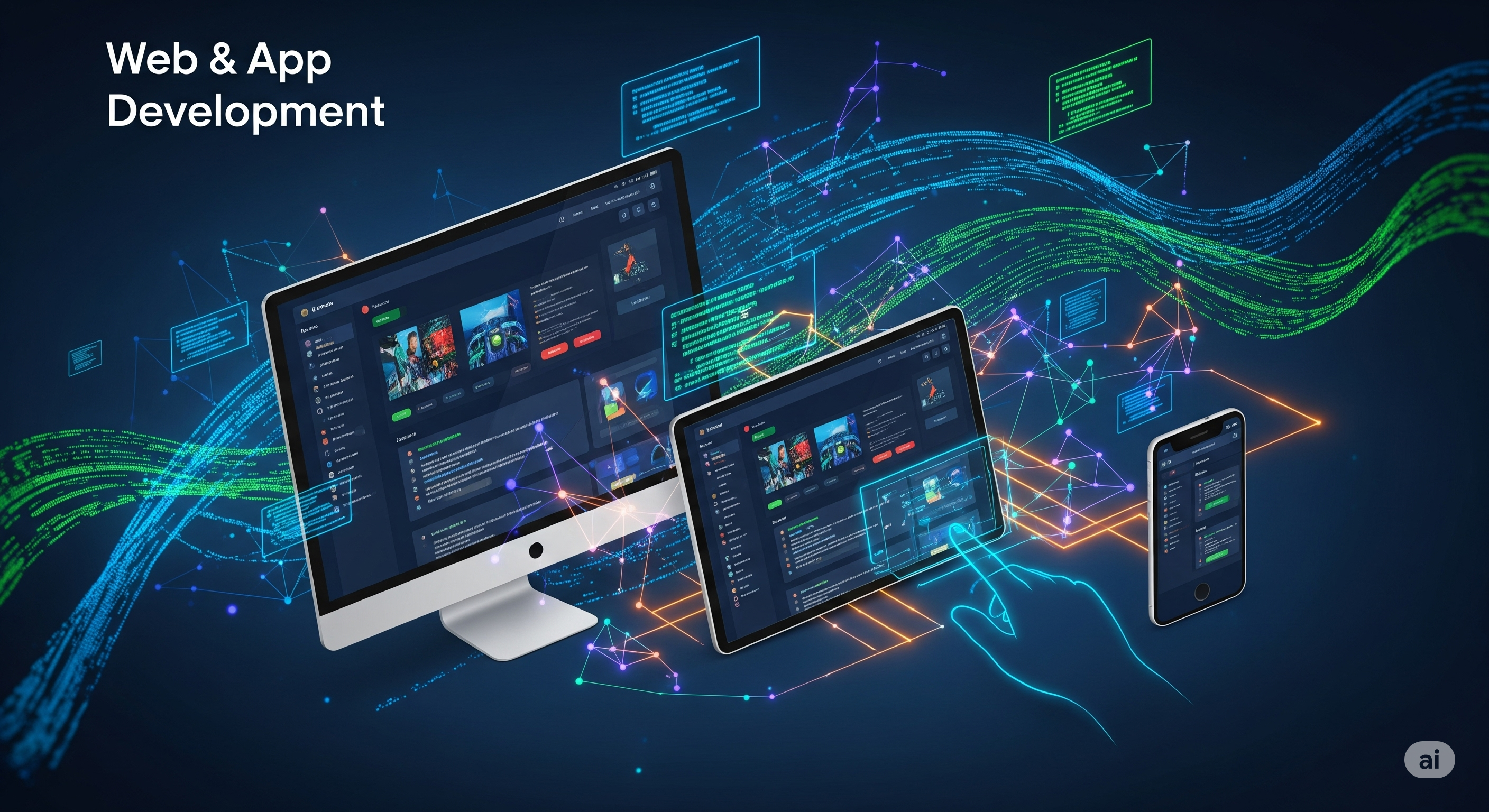Unreal Engine 5: A New Era of Visual Fidelity
For years, game developers have strived for photorealistic graphics, pushing the boundaries of what's possible with existing technology. Unreal Engine 5 finally delivers on this promise, achieving a level of detail and realism previously unattainable. The key lies in two groundbreaking technologies: Nanite and Lumen.
Nanite: Microscopically Detailed Worlds
Nanite is a virtualized micropolygon geometry system. In simpler terms, it allows developers to import incredibly detailed 3D assets – like film-quality scans – directly into the engine without needing to manually optimize them. Forget painstakingly creating low-poly models; Nanite handles the heavy lifting, allowing developers to focus on other crucial aspects of game design. This translates to vastly improved visuals, with incredibly realistic environments and characters that boast minute details. Imagine a game world where every leaf on a tree, every crack in a stone wall, is rendered with breathtaking accuracy – that's the power of Nanite.
Lumen: Dynamic Global Illumination
Lumen is a fully dynamic global illumination system. This means lighting reacts instantly to changes in the environment, resulting in stunningly realistic lighting effects. Think of a sunbeam piercing through a gap in the clouds, instantly illuminating a forest floor, or a flickering candle casting realistic shadows that shift with every movement. Lumen eliminates the need for pre-baked lighting, allowing for greater flexibility and creativity in level design and significantly reducing development time. This revolutionary system brings a new level of immersion to gaming, creating worlds that feel truly alive and responsive.
Beyond the Visuals: Enhanced Workflow and Development Tools
UE5's impact extends far beyond its impressive visuals. The engine boasts a suite of powerful tools designed to streamline the development process and empower developers to create more ambitious games. These enhancements include:
World Partition: Managing Massive Open Worlds
Creating vast, open-world games often presents significant technical challenges. UE5's World Partition system tackles this head-on, allowing developers to seamlessly manage enormous game worlds without performance bottlenecks. By dividing the world into smaller, manageable chunks, the engine only loads the necessary assets, significantly reducing memory usage and improving performance. This empowers developers to create incredibly detailed and expansive worlds, previously unimaginable with earlier engine iterations.
Improved Animation and Character Systems
UE5 offers significant improvements to its animation and character systems, making it easier than ever to create believable and engaging characters. The new animation tools allow for more fluid and realistic movements, bringing characters to life in ways never before seen. This enhanced control over character animation opens up new possibilities for storytelling and gameplay, allowing developers to create more immersive and emotionally engaging experiences.
The Future of Game Development: A Paradigm Shift
Unreal Engine 5 isn't just an incremental upgrade; it's a paradigm shift in game development. Its powerful features are democratizing access to high-fidelity visuals, enabling smaller studios and independent developers to create games that rival the AAA giants. The enhanced workflow tools are streamlining development, accelerating production timelines, and reducing the overall cost of game development.
This technological leap isn't just about better-looking games; it’s about creating more immersive, engaging, and impactful experiences. The ability to craft incredibly detailed worlds, realistic lighting, and lifelike characters pushes the boundaries of what's possible in interactive entertainment.
What's Next? The Exciting Possibilities Ahead
As developers continue to explore the full potential of Unreal Engine 5, we can expect to see an explosion of innovative and visually stunning games in the coming years. Imagine games where the line between reality and fiction blurs, where exploration is enhanced by unprecedented levels of detail, and where gameplay is more responsive and intuitive than ever before.
This is just the beginning. The future of game development is bright, and Unreal Engine 5 is leading the charge. What are your thoughts on the future of gaming with UE5? Share your predictions and excitement in the comments below! Let's discuss the possibilities together and share this article with your fellow gaming enthusiasts!

